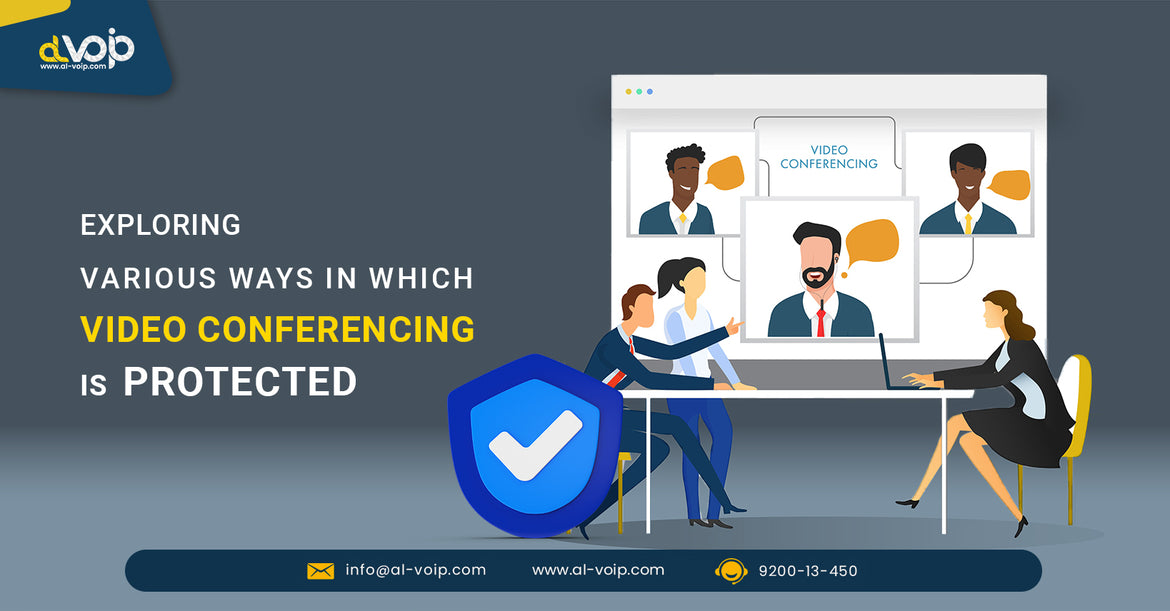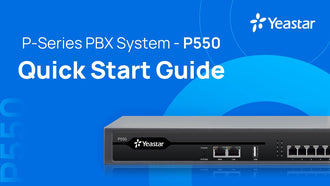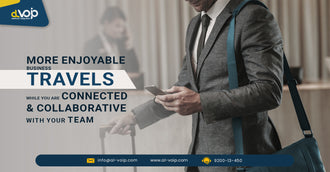

TOP 9 Ways to assure your Video Conferencing space is Protected and Secured
- 23 Jan, 2024
Video conferencing Platforms as Zoom, Microsoft Teams, Google Meet, ... etc. and organizations are keen to employ various Video Conferencing Security Protection measures to ensure confidentiality, integrity, and availability of communication.
Here are several ways in which you may check for secured and protected video conferencing room
Encryption
End-to-End Encryption (E2EE):
This ensures that only the participants in a video conference can decrypt and access the content. Even if the communication is intercepted, the data remains unreadable without the proper encryption keys.
Transport Layer Security (TLS):
This protocol secures communication between the user's device and the video conferencing server as it protects against eavesdropping and tampering during data transmission.
Access Controls
Meeting IDs and Passwords as in Google Meet, Microsoft Teams or Zoom video conferencing password protected meeting:
Secure video conferencing platforms use unique meeting IDs and strong passwords to prevent unauthorized access accordingly participants need to enter these access details to join the meeting.
Waiting Rooms:
Hosts can use waiting rooms to screen participants before allowing them to enter the meeting and this ensures that only invited individuals gain access.
Access Permissions:
Administrators can set access permissions, restricting certain actions to specific participants, such as screen sharing or muting other participants.
Authentication
Multi-Factor Authentication (MFA):
Implementing MFA adds an extra layer of security by requiring users to provide more than one form of identification before accessing the video conferencing platform.
Single Sign-On (SSO):
Integration with SSO systems allows organizations to manage user access centrally, enhancing security and reducing the risk of unauthorized access.
Secure Data Storage
Data Encryption at Rest:
Video conferencing platforms may encrypt stored data, such as recordings and logs, to protect it from unauthorized access.
Compliance with Data Protection Regulations:
Platforms often adhere to data protection regulations, such as GDPR or HIPAA, to ensure the secure handling of sensitive information.
Security Updates and Patching
Regular updates and patches are crucial to fix vulnerabilities and in parallel Video conferencing providers typically release updates to address security issues promptly.
Privacy Controls
Platforms may offer privacy controls, such as the ability to blur backgrounds or hide participants, to give users more control over their personal information during meetings.
Monitoring and Logging
Robust monitoring and logging capabilities help detect and respond to security incidents, providing an additional layer of protection.
Organizations' security practices to enhance additional levels of privacy
Firewalls and Network Security
Organizations can enhance security by implementing firewalls and other network security measures to control and monitor traffic to and from the video conferencing servers.
User Education and Awareness
Educating users about security best practices, such as not sharing meeting links publicly and using strong passwords, helps prevent common security issues.
Selecting a well-known Video Conference provider
Choosing a reputable video conferencing provider with strong security practices is essential and evaluating their security features, privacy policies, and adherence to industry standards.
As by combining these security measures, video conferencing platforms aim to create a secure environment for users to collaborate and communicate without compromising sensitive information.
Share more ways with us for higher level of security reached in your company.








